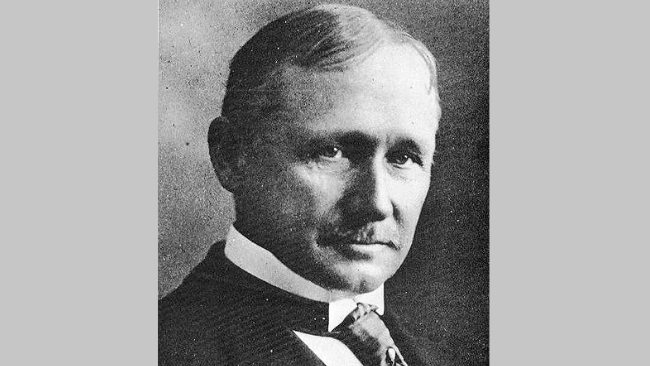It is a scientific method created with the aim of increase production within organizations and improve worker efficiency. Scientific management is commonly referred to as "Taylorism”.
It is known for its application in engineering, specifically on the shop floor (the production area of a factory or company) or at mass production levels.
The theory was created to be applied in the recruitment, selection and training of workers and is also used to tackle numerous problems of productivity, inefficiency and noise in communication within an industry, in order to increase the levels of production.
The origin of the term scientific management can be attributed to Charles Babbage, who discussed the principles of the theory in his book "The Economy of Manufacturers", published in 1832.
However, the person who popularized the theory and made it universally known was the American Fredrick Winslow Taylor, considered the father of scientific administration. This is why scientific management is called “Taylorism”.
Summary of Scientific Administration theory
Scientific management theory focused on improve the efficiency of each individual within the organization.
The main emphasis is to increase production through the use of technology. Thus, human beings are considered just helpers to machines during routine tasks.
The theory of scientific management basically encompasses work performed on the shop floor, since these bureaucratic and administrative tasks are quite different from others performed within a organization.
An example of this are repetitive tasks, where workers are divided into large groups and have the same daily actions, with cyclic repetitions.
These actions are intended to help the machinery to carry out large-scale production.
Furthermore, these activities do not require the individual worker to perform complex tasks in order to solve problems. Thus, scientific management theory focuses on standardization of working methods.
The four principles of scientific management according to Taylor
The principles considered by Taylor as fundamental in scientific management can be summarized as follows:
- Replace practical working methods with methods based on a scientific study of tasks;
- Scientifically select, train and develop each employee, rather than passively leaving them to train themselves;
- Cooperate with workers to ensure that scientifically developed methods are being followed;
- Divide activities almost equally between managers and workers, so that managers apply scientific management principles to work planning and employees actually carry out the tasks.
Taylor focused on paying wages based on scale of production. He also emphasized time and movement study and other techniques for measuring work.
Furthermore, in Taylor's work there is also a strongly humanistic theme. He had an idealistic notion that the interests of workers, managers and owners should be harmonized.
See also the meaning of Toyotism and Fordism.
The history of the creation of Scientific Administration
Dr. Frederick Winslow Taylor was born in 1856 in Philadelphia, United States of America. He belonged to a middle-class family and started his career as a small apprentice, in a workshop that made machines.
 Frederick Winslow Taylor, considered the father of Scientific Management.
Frederick Winslow Taylor, considered the father of Scientific Management.
From a small apprenticeship, he reached the position of chief engineer at Midvale Steel Works in 1884. There he worked in almost every position before becoming chief engineer.
Because of this experience, Taylor came to know the problems faced by workers in all job positions. This practical experience encouraged him to develop the concept of scientific management.
He noticed that industrial resources were not being used properly and that companies were being managed by the general rule.
No effort was made to find out the exact nature of the work being done or even to find the best way to do it.
There was also no proper division of responsibilities between management and workers. Thus, management was largely dependent on the good performance of employees.
All this set of situations encouraged him to create a method that would improve the employees' efficiency and the production level.
The implementation of scientific administration
He intended to make management a science based on well-recognized, clearly defined, and fixed principles, rather than relying on more or less certain ideas.
Taylor then conducted many experiments to discover ways and means to reduce waste and inefficiency of all kinds in production processes. This eventually led to the emergence of the concept of Scientific Management.
Taylor's philosophy of scientific approach was developed and popularized by his contemporaries and associates such as Frank Gilbreth and Lillian Gilbreth.
It was because of Taylor's efforts that scientific management became popular in the United States of America at the beginning of the 20th century.
See also the meaning of Taylorism.

